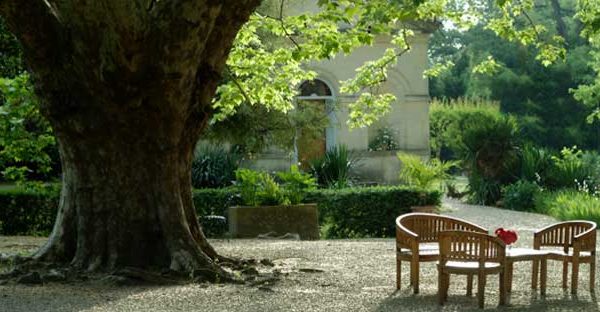Co-existing with insects and bacteria benefits the natural state of our environment. But there’s a fine line between a healthy number of pests scampering about and a devastating outbreak that can harm our trees and shrubs.
Striking a balance is possible with regular tree inspections and oversight to manage minor issues before they become major problems.
Start by following these recommendations:
- Keep trees healthy – As is the case with most living things, a healthy tree will be more resilient when threatened by harmful pests or diseases. Be on the lookout for signs of these threats and promote good health by watering when needed, mulching and more.
- Establish diversity – A mix of tree species in a yard or woodland is less likely to encourage pest outbreaks than a property that has trees of mostly the same species.
- Grow new trees with established ones – Age diversity is also important to create stability in nature. Younger more vigorous trees can be more resilient and will be the eventual replacements for older trees.
- Cultivate pest-resistant species – Plant trees that are more resistant to diseases. Certain cultivars of crabapples, conifers and elms are worth considering.
ATE’s annual Plant Health Care (PHC) program offers treatment options, including routine applications against harmful insects and diseases. Our certified arborists can put together a customized plan that fits your needs and budget. Contact us for more information.




